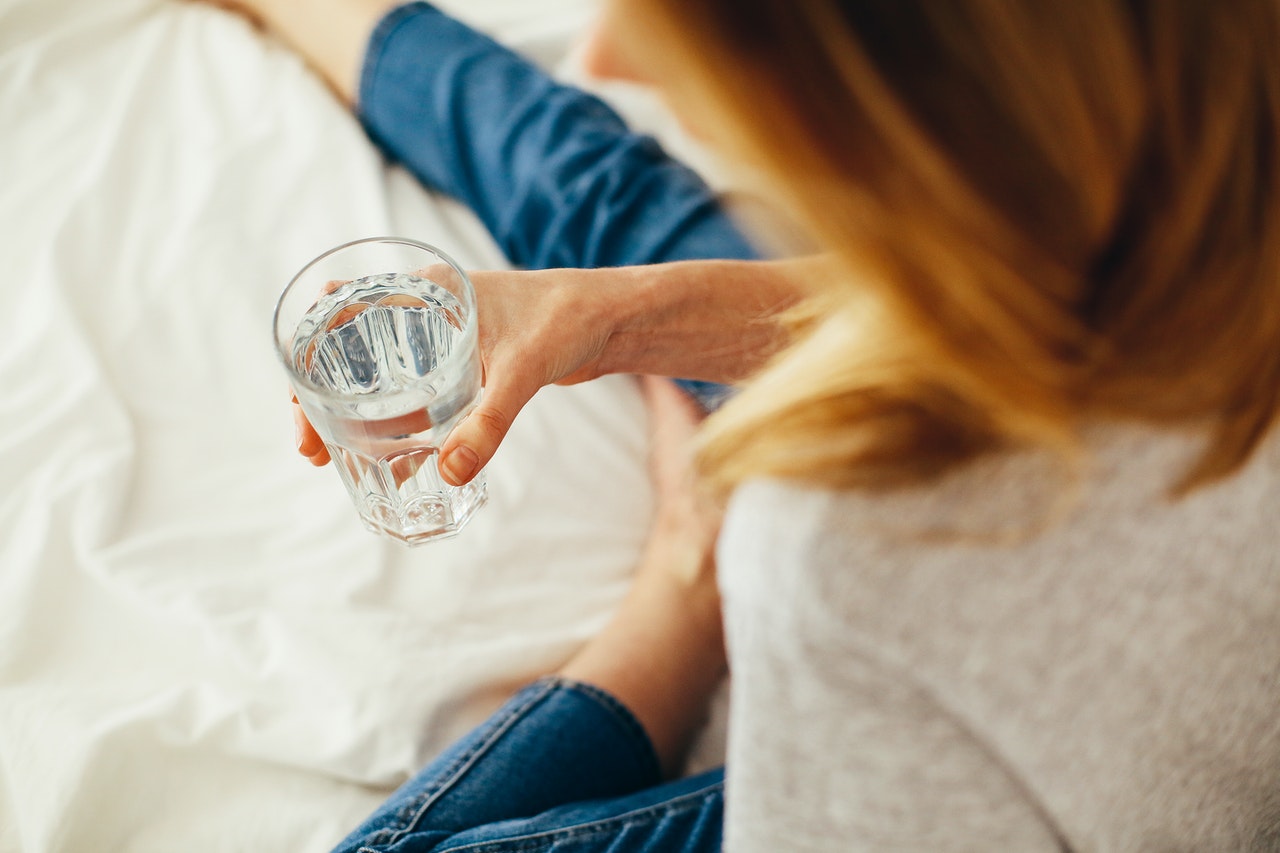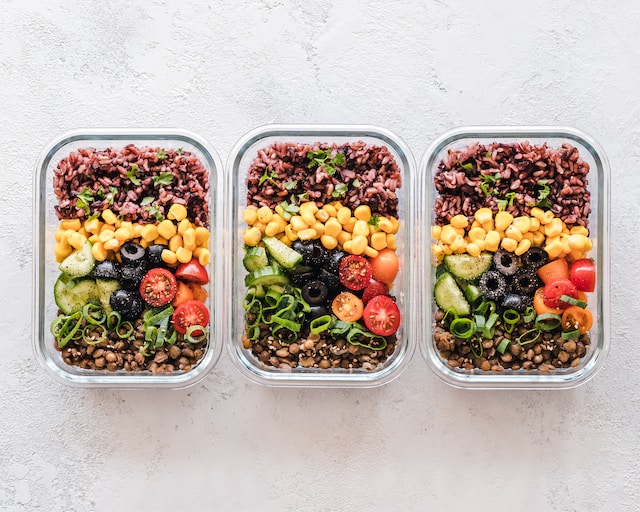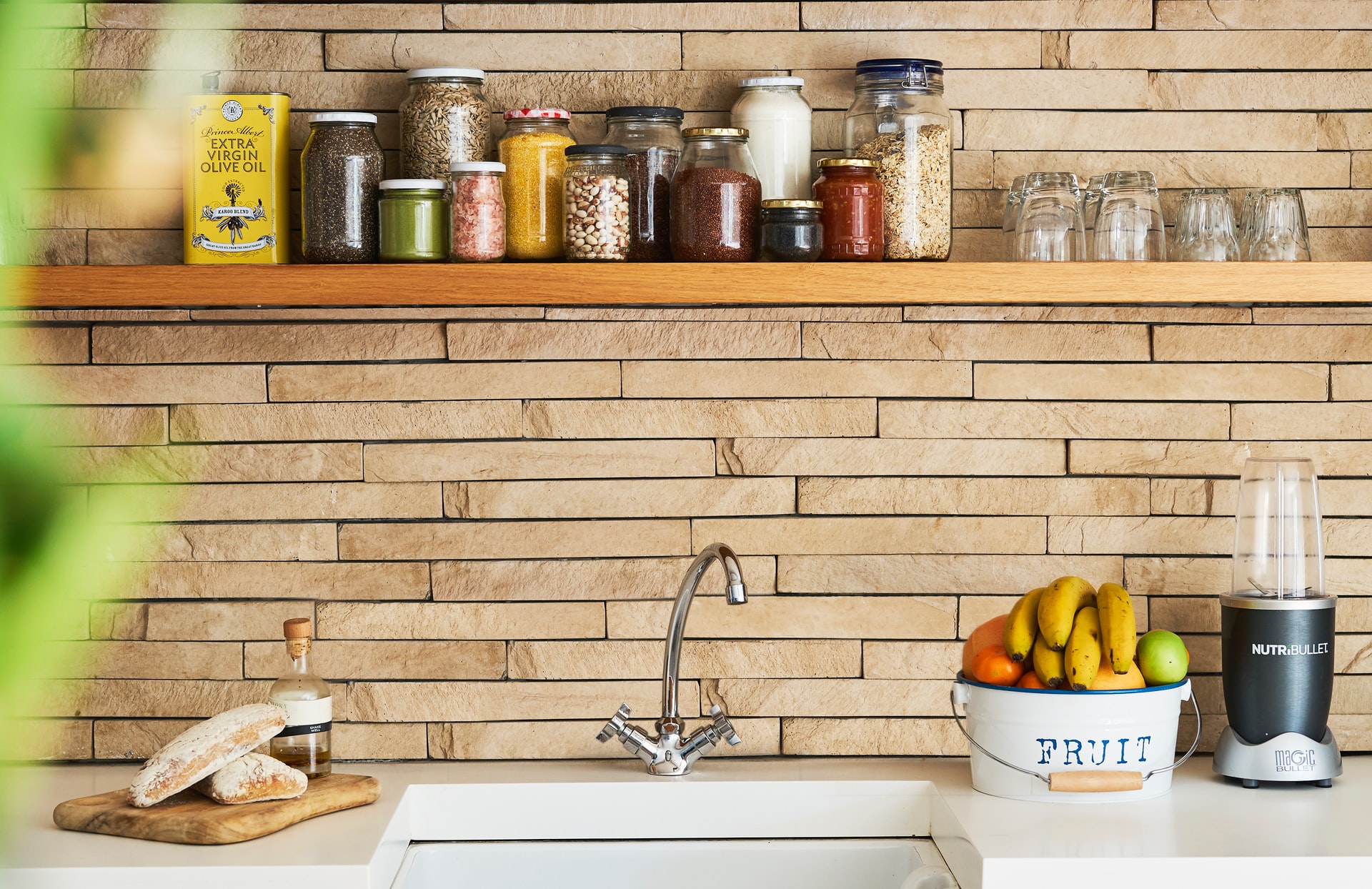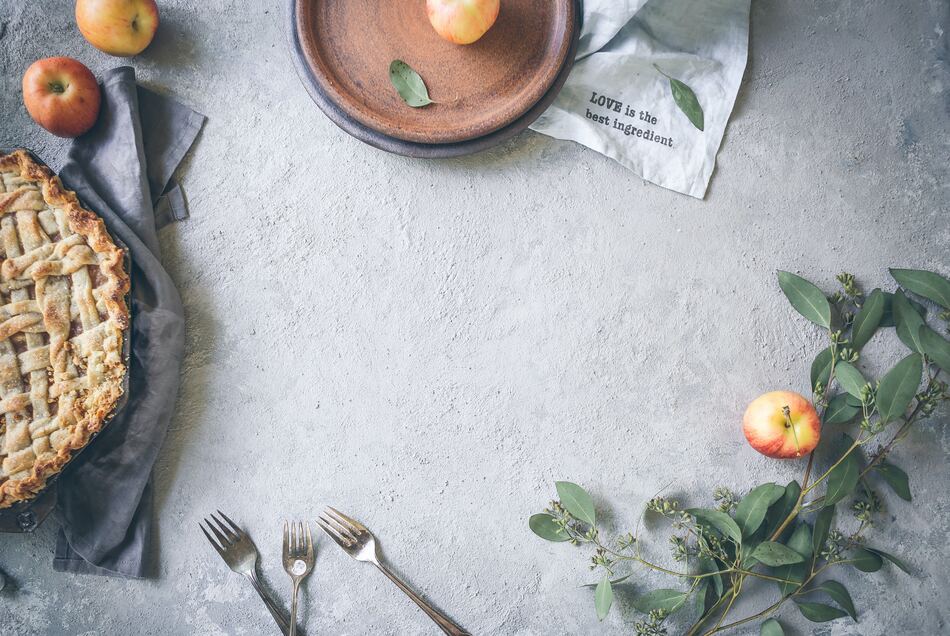Likely you’ve heard something about filtering your water before you drink it. Maybe it was that you needed a complicated built-in home filtration system or that if you drink bottled water, you’re a part of the problem. There’s a simple middle ground, and it starts with how you filter water at home.
Single-use plastic water bottles are not ideal – we can all agree on that. But, it’s not reasonable to have a private water treatment plant in your backyard. Water filtration comes in many shapes and sizes; likely, you can be doing something that would positively impact your health, environment, and carbon footprint. The perfect place to make an impact starts with how you filter your water at home.
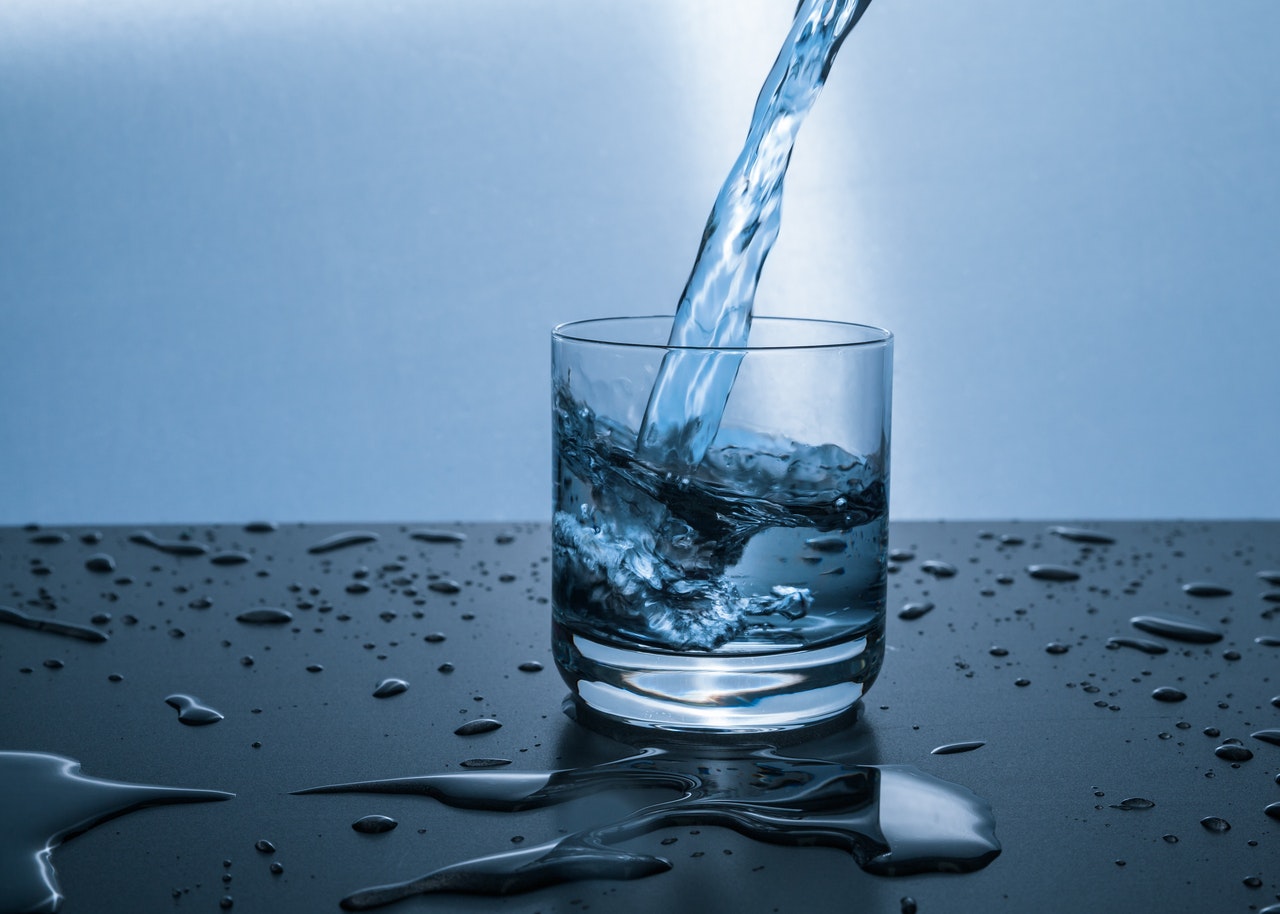
There isn’t a ‘one size fits all’ choice for water filtration, just like there isn’t one just for you. Your lifestyle, environment, time, and priorities all factor in when you’re thinking about what option is the best fit for you. Choosing the best home water filtration isn’t just about your impact on the environment around you; it’s about the potential impact on you and your family. According to the Environmental Protection Agency, up to 63 million Americans have compromised their safety from being exposed to unsafe drinking water. While places like Flint, Michigan, gain the eye of the media and awareness of the nation, countless other municipalities from east to west coast suffer from similar unsafe conditions. Choosing to be active in your water filtration choices not only allows you to make more socially responsible decisions but also allows you to sidestep potentially unknown health hazards.
Contaminated water is a scary term, but it doesn’t always mean something dire. A contaminant is any compound that you ingest with your water that makes it impure. This might be acknowledged as unhealthy, like lead, or something that is seemingly more benign, like a high concentration of minerals. We are encouraged to drink water and stay hydrated because it’s one of the best ways to keep our bodies healthy. What that means, though, is that we need to put intention and care into what goes into our water because so much of it goes into our bodies. Not all water comes out of the tap equal, but filtering your water is an excellent way to ensure water goes into your body.
Filtering your water can mean different things, but essentially, in some form, it means that you’re either using a physical or chemical method to pull contaminants out of your water source before you drink it. That can mean a physical barrier like a charcoal filter or a chemical additive. Both are healthy options, and the one you choose depends on what works best for you.
Captain Planet Approved
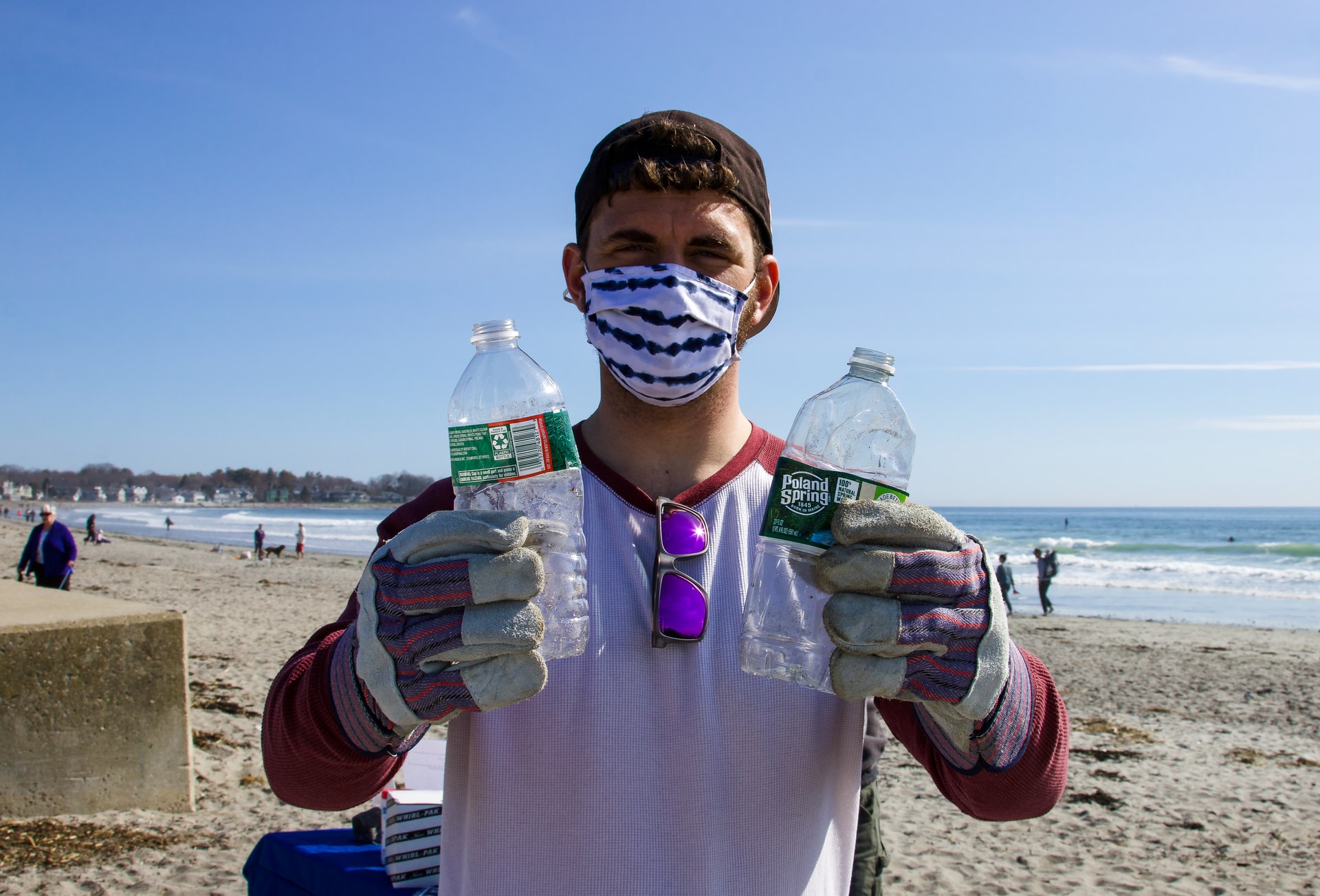
Single-use plastic water bottles are an environmental menace – think of them like the itch the earth can’t scratch. They’re plentiful, and they never go away. We think we hide them away in landfills, but we’re just putting them out of sight, temporarily out of mind. Thankfully, our friendly environmental activists are here to remind us that they aren’t really out of mind – those plastic bottles continue to contaminate our ecosystem long after they’ve left your recycling bin and have been responsibly disposed of.
Ditching plastic water bottles and going to tap water may sound like the easiest decision, and it might be if you know what your water source is and how it’s being treated before it gets to you. If not, or if you know there are questionable treatment practices (or lack thereof) in that chain, then a home filtration system might be the best choice.
Benefits of Having a Water Filter
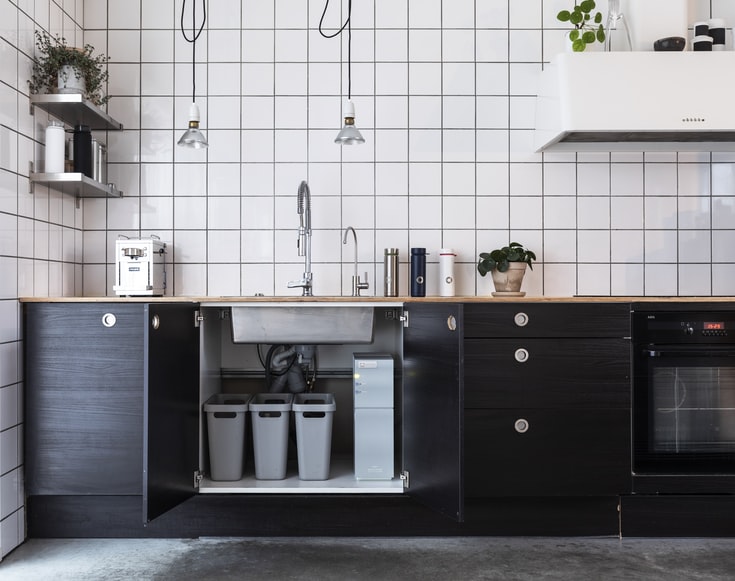
Keeping contaminants out of your water is a fundamental way of assuring your family’s wellness. Water is one of the most vital elements of our lives – it needs to be free of contaminants and impurities. Some impacts of impure water are known, and others are indeterminate based on a lack of findings over an extended timeline. What we do know for sure is that pure water is best for us.
Not only is having filtered water healthier and better for the environment, but it’s also savings in your pocket that adds up to a significant amount over time as well. Buying bottled water might seem economical at first. Still, when you consider the compound cost from driving to, purchasing, driving home, and recycling or throwing out your plastic bottles in comparison to pouring yourself a pure glass of water from your tap or fridge, the costs add up.
Those costs aren’t only to you, either. The cost to the environment from producing, shipping, delivering, and transporting bottled water is immense. Carbon emissions from all of the above are considerable when compared to a home system. Even adding in the carbon cost of a reusable water bottle, or several if you have a household of water-drinkers, you’re still saving net carbon production versus consuming bottled water daily.
Depending on where you live, the contaminants in your water will vary. Some places, like Orange County, have water treatment that goes beyond the health standards and results in very pure drinking water. Other cities or regions are not as diligent, which means that you need to be an educated consumer and take extra steps to ensure the purity of your water. There are some tried and tested ways to do this below.
Best Methods to Purify Water
One of the main concerns with water filtration is the cost of replacement filters. However, some filters are flushable and clear, so the life of the filter is extended. They can even be configured with a smart ball valve that allows for auto-flushing and can be controlled with a smartphone.
- Reverse Osmosis
Reverse osmosis systems work by filtering out anything in your water that is larger than the water molecule itself. Without getting into its chemistry, this process filters out the majority of common contaminants. Smaller troublemakers usually are bacteria and viruses – these are not common to find in municipal drinking water. If you live in an area where these types of contaminants are familiar (or they become common in times like spring runoff), you’ll likely be aware of the steps to take outside of standard water purification.
- Charcoal Filters
Charcoal filters are some of the least expensive and most common types of water purification. At their most basic, they will filter out chlorine from your water. This improves the overall smell and taste but does not necessarily address the most insidious contaminants that could be lurking in your refreshing H2O. More advanced carbon filters will sweep out more sinister toxins like lead and mercury. Most pitcher filters are charcoal filters, but you can also find ones that attach to your faucet or mount under the base under your sink.
- Water Softeners
Water softening systems are also called ion exchange systems. They find and replace magnesium and calcium in your water, most commonly with sodium. This process creates ‘soft water,’ which, among other benefits, is purer, less harsh on your plumbing and appliances, and leaves less mineral buildup.
- Ceramic
Ceramic water filters are generally used for untreated water. If you are outside of a treated water system or thinking about moving to an area where you wouldn’t be a part of a treated water system, you should consider this. Ceramic filters are great for removing contaminants from rivers, lakes, or healthy water. They are most successful at removing microscopic particles like viruses and bacteria and are a reliable way of filtering non-treated water.
- Distillation
The process that creates distilled water is through steam. Water is boiled and steam-distilled; during that process, it loses excess minerals and toxins. Essentially what is produced is pure water. That sounds like a good thing. Not always. Water naturally pulls minerals into it, and if it lacks in any of those, it will draw them from its surroundings. This could mean that your body becomes that source, and instead of nourishing your body, the distilled water you drink leaches nutrients from you. Distilled water is good for specific purposes, but drinking it daily isn’t one of them.
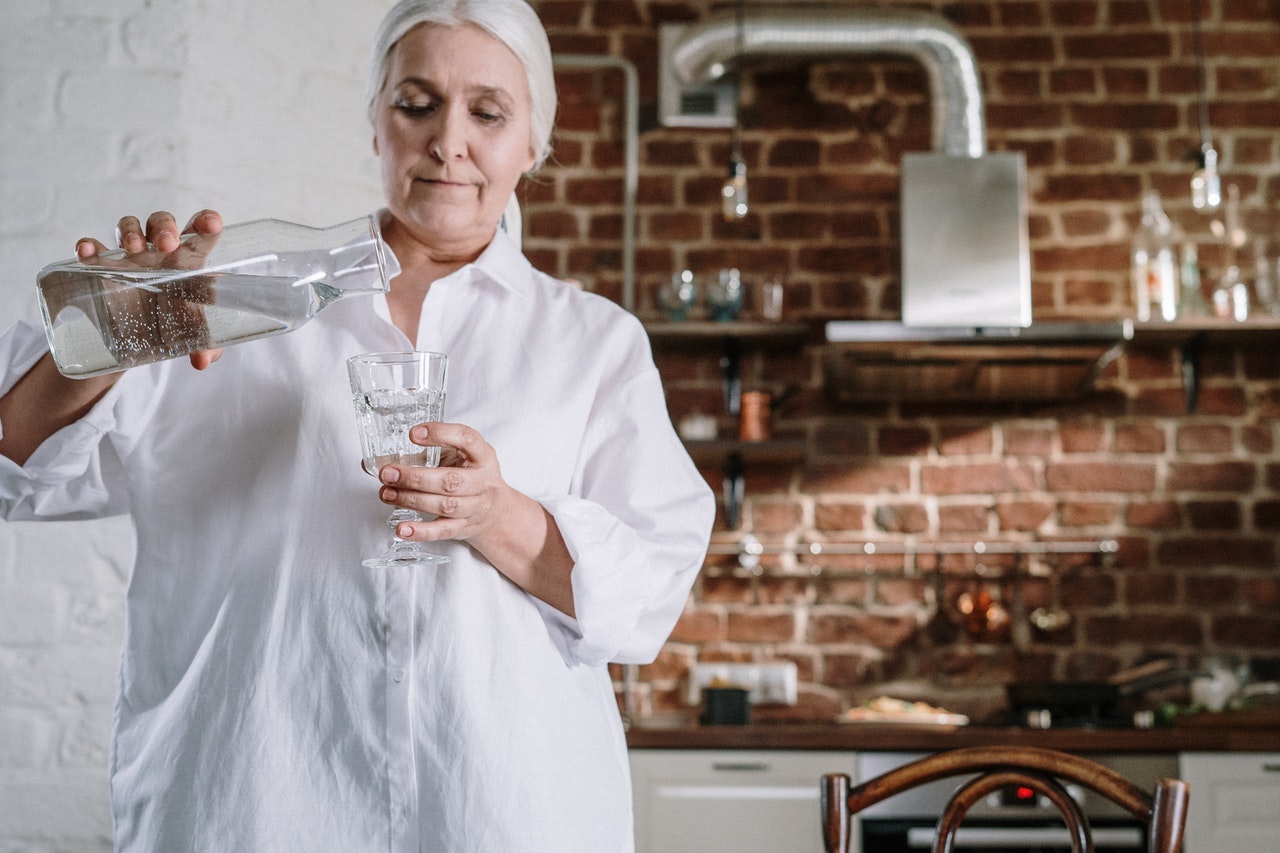
Make Your Water Filters Last Longer
There are several steps you can take to make your water filters last longer:
- Change them regularly: One of the most important things you can do to make your water filters last longer is to change them on a regular basis. Most manufacturers recommend changing water filters every 3 to 6 months, but this can vary depending on the type of filter and the amount of use.
- Monitor the water flow: Keep an eye on the water flow coming out of your faucets. If the water flow starts to slow down, it may be a sign that your filter needs to be changed. A slow water flow can also indicate that your filter is clogged, which can decrease its efficiency.
- Run water through the filter: If you have not used your water filter for an extended period of time, it can be a good idea to run water through the filter before using it. This can help remove any debris or sediment that may have accumulated in the filter during the downtime.
- Use water softener: Hard water can cause damage to water filters, so it may be beneficial to use a water softener to remove the hard minerals from the water.
- Get a high-quality filter: Using a high-quality water filter that has been tested and certified by a reputable organization can also help increase the lifespan of the filter.
- Avoid using filters for non-drinking purposes: Only use the filter for its intended purpose of making the water safe for drinking. Running hot water or using them for irrigation purposes will put extra pressure and shorten the life of the filter.
- Consider buying a home warranty if you don’t have one: By having a home warranty that covers your water filters, you can have peace of mind knowing that if something goes wrong with your filters, you won’t have to pay out of pocket to fix the problem. Instead, you can simply call the home warranty company, who will then send out a technician to diagnose and fix the issue. In many cases, the cost of the repair or replacement will be covered under the terms of the warranty.
It is also important to note that, with a whole-house water filtration system, regular maintenance by a professional is recommended to ensure they are running smoothly, and change the filter cartridge when it is needed.
Water purification is a personal process – what you need depends on the area that you live in, what your priorities are, and what resources you have available to purify your water. From simple filters that attach to your faucet to more complex built-in systems, your water purification options are in your hands. Maybe you live in a municipality with decent water treatment practices and only need a pitcher filter, or maybe your area has unknown or recognizably poor water quality assurance procedures. Either way, there are options for you to improve upon your water quality at home.
The one sure thing is unless you live in a very select few places – filtering your water at home is leaps and bounds better for the environment and your overall wellness than drinking bottled or unpurified water. Do yourself and your family a good turn for health and wellness and implement or improve your water with a home purification system.
